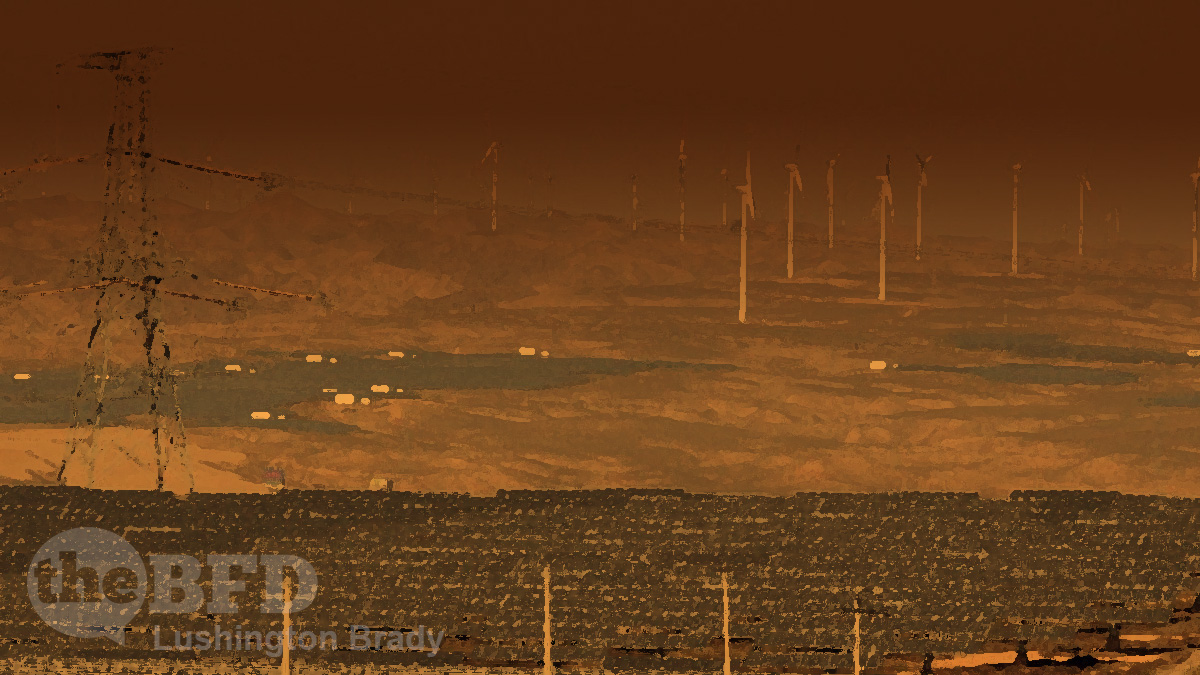If the climate change and Wuhan pandemic debacles have taught us anything, it’s that computer modelling is garbage. Shiny, high-tech garbage, but garbage still.
Climate models have consistently failed to match the real-world – and they’re getting worse. Pandemic modelling is an embarrassing farce that regularly exaggerates real-world events by orders of magnitude.
So when a “think-tank” publishes yet another climate study based on computer modelling, it should be treated as the garbage that it almost certainly is.
Especially when it makes grandiose claims.
Eliminating coal from Australia’s energy system within 20 years would not significantly increase the risk of blackouts or price spikes, according to new modelling that counters the claim that coal-fired generation is key to ensuring affordable and reliable electricity.
This is an extraordinary claim. A fundamental rule of logic is that extraordinary claims require extraordinary evidence. Computer models are very, very far from extraordinary evidence.
Then there is the undeniable fact that renewables are vastly more expensive per kilowatt hour than coal. On that basis alone, it is simply impossible to replace one with the other without sending prices skyrocketing.
As the nation’s transition to clean energy gathers speed, a study from the Grattan Institute think tank challenges the argument of pro-coal politicians and the fossil fuel lobby about the importance of keeping coal generators running, showing that Australia can achieve a net-zero emissions electricity system without posing any threats to consumers.
Gas-fired power will play a role in supporting renewable energy by providing on-demand power, but it would “not have an expanded role”, the modelling found, raising questions about the merits of the Morrison government’s plans to pursue a gas-fired economic recovery from COVID-19.
This is demonstrably nonsense. Even the small penetration of renewables thus far has sent prices soaring and led directly to grid instability – including blacking out an entire Australian state.
Then there’s this extraordinary concession:
However, Grattan’s findings also warn against rushing to 100 per cent renewable energy, saying it would be expensive to provide the back-up required to ensure reliability and prevent outages when peak demand times coincided with overcast and windless periods unfavourable for renewable energy.
And what “backup” would that be?
The backup would either have to be reliable, fossil-fueled generation – gas and coal – or gigantic batteries.
“Large-scale batteries are now undoubtedly the best option to meet periods of high electricity demand,” says Clean Energy Council chief executive, Kane Thornton.
Sydney Morning Herald
But even the largest battery built so far can supply just 189 MW (for less than one hour) – and that at a cost so far of $100 million. Australia’s demand on a mild autumn day is 22,199 MW. So battery storage that comes even close to matching demand will require another 100 or so gigantic batteries, costing some $10 billion.
That ignores the staggering pollution costs of manufacturing batteries – but, hey, that all happens far away in China, so who cares?
Please share this article so that others can discover The BFD

